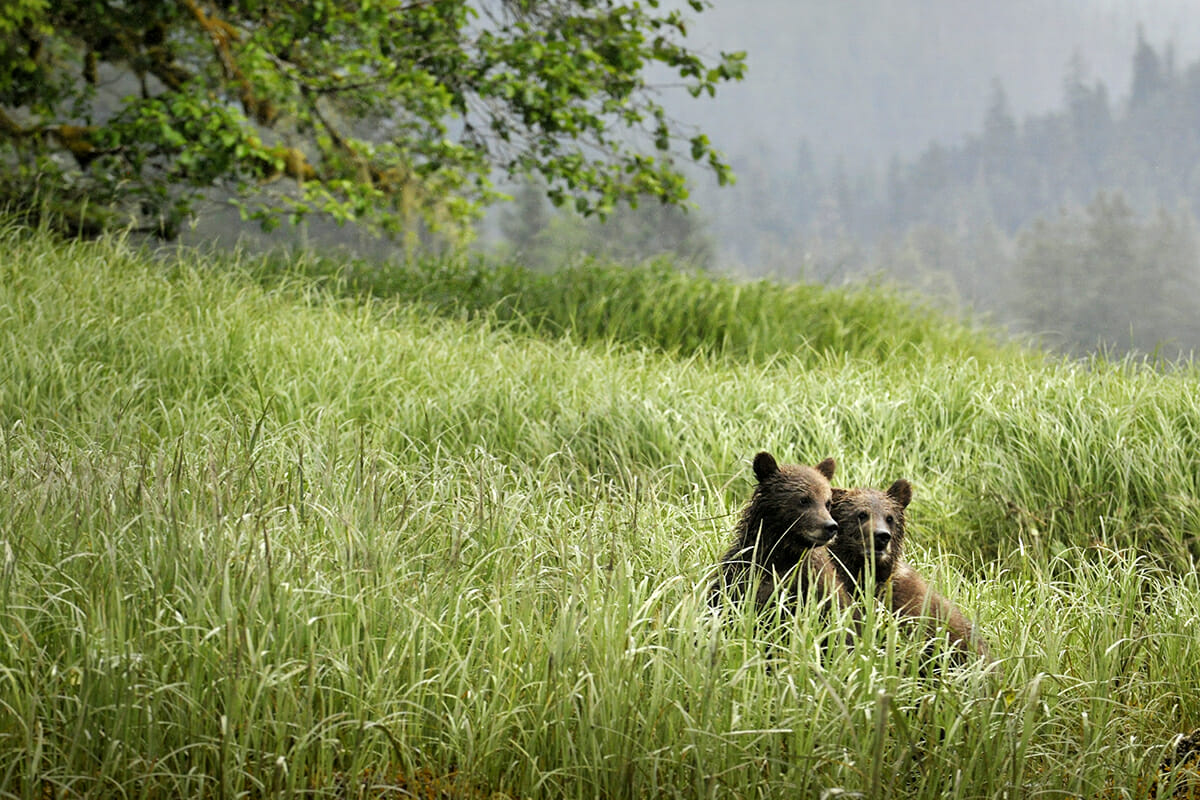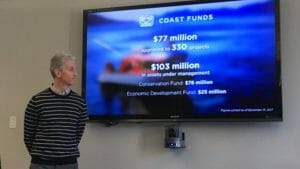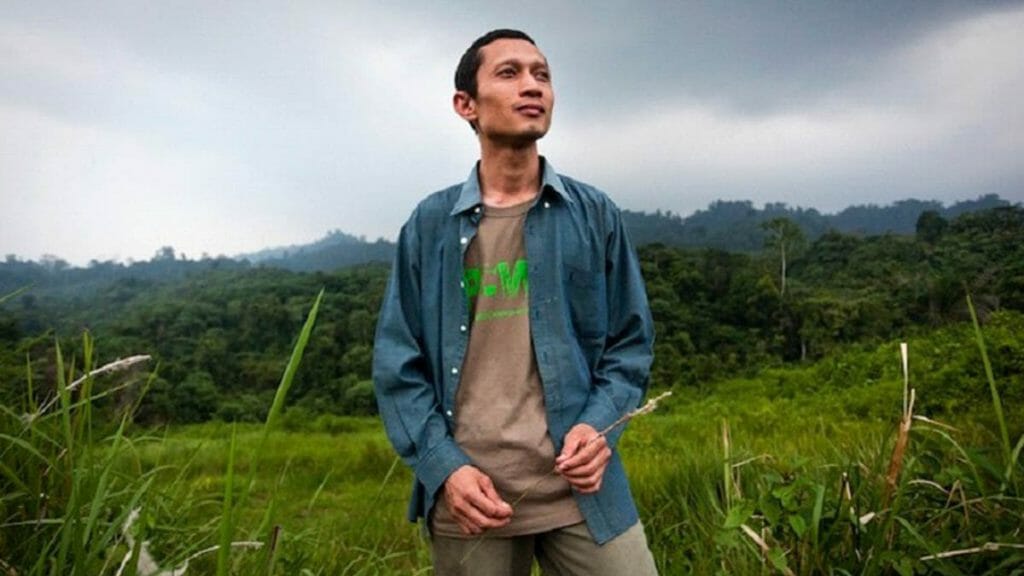Estimated Reading time

3 Mins
Sharing Lessons from the Great Bear Rainforest to Protect Leuser Ecosystem

The lessons from the Great Bear Rainforest could help protect the Leuser Ecosystem, a 2.6-million-hectare Indonesian rainforest, in a way that doesn’t force a choice between environmental protection and economic development.
On September 6, 2018, Coast Funds’ executive director, Brodie Guy, presented to a group of Indonesian lawmakers and environmentalists who are looking to the Great Bear Rainforest to understand how Indigenous-led efforts protected a large-scale ecosystem while ensuring the opportunity for local economies to grow.

The Coast Funds model of conservation financing is one of the few Indigenous-led models that supports both stewardship and sustainable economic development. In February 2018, Coast Funds and First Nations’ individuals from the Great Bear Rainforest travelled to Colombia to connect with Indigenous groups seeking to establish similar conservation financing.
Gary Wilson, general manager of Coastal First Nations, also presented to the delegation on ways in which a framework similar to the Great Bear Rainforest agreements and Coast Funds could be successful in the Leuser Ecosystem.
CBC News covered the Conservation and Green Financing tour, which was organized by the international environmental not-for-profit, Canopy.
How a B.C. idea could help save a ‘storybook’ jungle in Indonesia
There are more than 12,000 kilometres between the Great Bear Rainforest and the jungles of the Leuser ecosystem in northern Sumatra — more than a quarter of the Earth’s circumference.
Even in winter, the temperature rarely drops below 25 C in the Leuser, a tropical rainforest that sits just north of the equator in Indonesia’s Aceh province. It’s a stark contrast to the snow-capped mountains of the Great Bear.
I think conservation and development should be hand in hand, and this is the concept that has been proven here in Canada, in the Great Bear Rainforest.
And yet a group of Indonesian lawmakers and environmentalists are looking to the B.C. forest as a model for how to protect the Leuser — the last place on Earth where tigers, elephants, rhinoceros and orangutans live side by side.

“All throughout the world, we are faced with the question: Which one is more important — environmental protection or economic development? Which one is more important — for people to be able to feed themselves or to protect elephant habitat?” said Farwiza Farhan, leader of the environmental group Forest, Nature & Environment Aceh.
“I think conservation and development should be hand in hand, and this is the concept that has been proven here in Canada, in the Great Bear Rainforest.”
This week, Farhan joined a delegation of conservationists and politicians who travelled all the way from Aceh to B.C. to learn about the framework that made the Great Bear possible. They’ve met with Environment Minister George Heyman, chiefs and council of the Kitasoo First Nation, and potential donors from across North America, and they’re spending this weekend exploring the Great Bear.
“The Great Bear Rainforest expanded from five to 85-per-cent protection — it’s inconceivable to us. And the fact that it was driven by the First Nations and it benefits the local community, it’s something that’s like a conservation dream,” Farhan said.
The Great Bear Rainforest was financed in 2007 with $120 million in funding from private donors and the federal and provincial governments. That money that has gone toward conservation management, sustainable First Nations businesses like ecotourism, and jobs in science and stewardship for local communities.
Eighty-five per cent of the 64,000-square-kilometre forest is now protected from logging, and the remaining area is managed through an ecosystem-based model, which aims to allow economic activity while still protecting endangered species and habitats.
Read the full article on CBC News.
